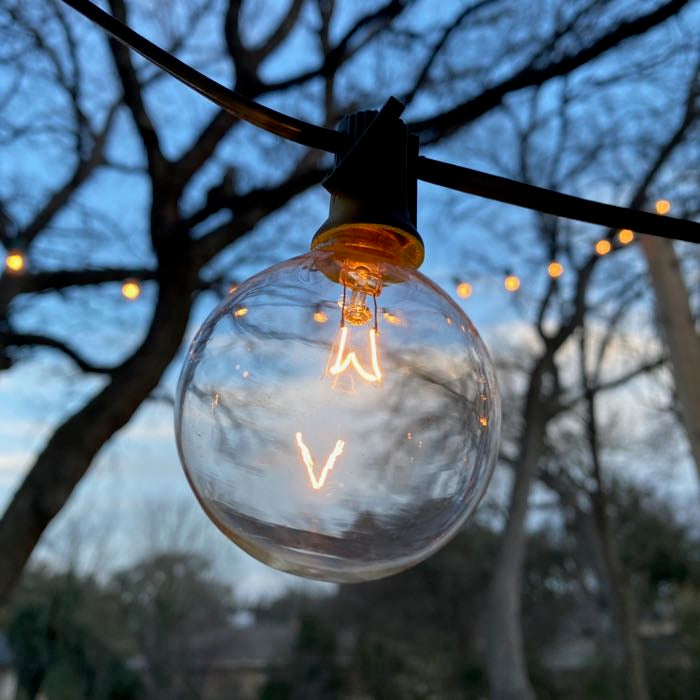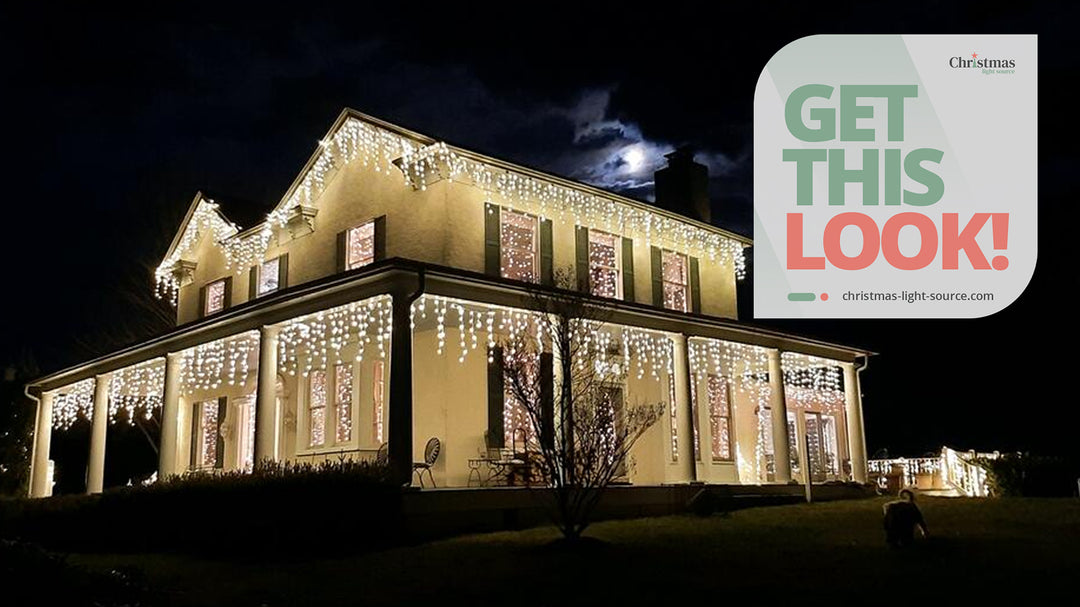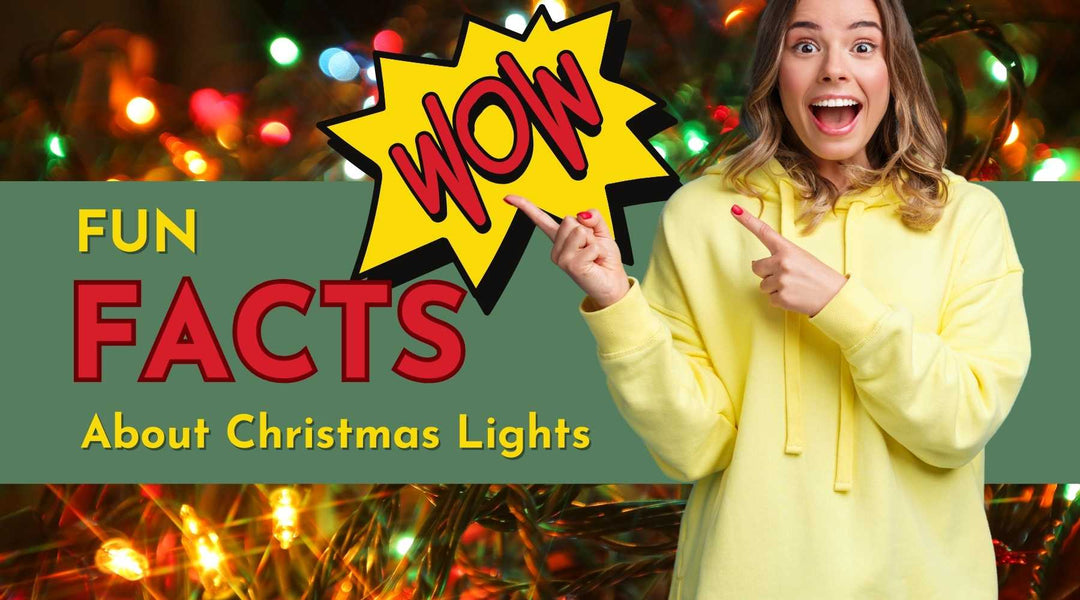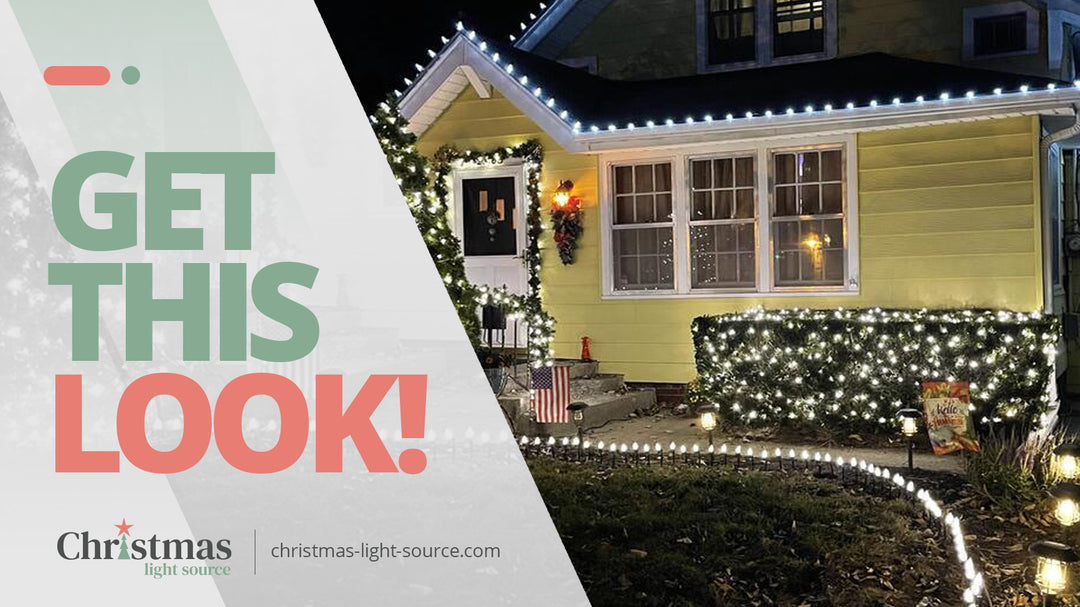What are SMD bulbs? SMD vs DIP LEDs
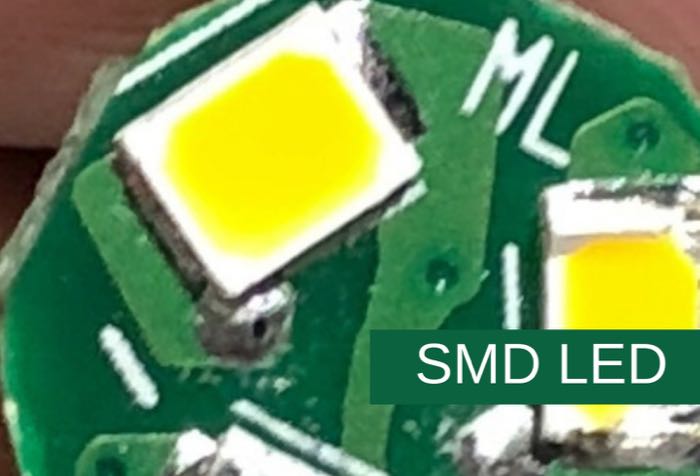
LED? DIP? SMD? E-I-E-I-O?
It's a farmyard of acronyms out there when it comes to LEDs and Christmas lights and hopefully, this article will shed a little light on what these terms mean as folks plan Christmas light displays.
Applying direct current to specific crystals to produce light was discovered in the early 1900's by a scientist at Marconi Labs. The technology was unavailable for widespread engineering application until the 1960s and 70s when engineers working with semiconductor components and integrated circuits used the light generating qualities of these crystalline substrates to create light-emitting diodes (LEDs).
Think Star Trek and all the flashing lights on the computers. (Those were just normal light bulbs but hopefully, that visualization gives you an idea of why one would need tiny little lights to be part of electronic circuits and displays.)
Initially, LEDs were built in a Dual Inline Package (DIP) like the LED shown here.
The two pins were inserted through and soldered into integrated circuits. Initially priced at about $200 per component, these LED's were used primarily for high-end electronics.
Around 1998, design advances and lower prices allowed LED lighting technology to make an appearance in LED Christmas light bulbs.
Over the years, LED Christmas bulbs have improved to be brighter, truer to color and continue to provide light at up to 90% more efficiently than traditional incandescent bulbs.
You can see a more comprehensive timeline of the development of LED lighting as Christmas lighting in our 2009 article: Christmas LED Lights: A brief historical overview
SMD: The latest LED innovation
Surface mount components are basically what the name says they are. Instead of two pins that poke through an integrated circuit board, this packaging was developed for flat installation on integrated circuit boards. This design innovation was a necessity as components grew smaller and engineers tried to cram more and more on a single board. These SMD LEDs delivered more light than their predecessors and were easier to install during automated manufacturing.
After achieving widespread use in commercial applications, engineers have now created a new style of Christmas lights based on this new LED format.
Photo of the new SMD style LED's that are featured in our newest LED Christmas lights.
Advantages of SMD style LEDs:
- 20-30 percent brighter than DIP LED's - range based on color and visual perception of different colors
- dimmable - yes!!
- useful for animation
- tighter color range so kelvin specifications can be effectively measured
At Christmas Light Source, we're excited to offer many of our C7 and C9 LED bulbs with this "new to the Christmas light market" technology.
First-generation (2017 vintage) LED bulbs are still available in select colors. They've been reduced in price to move them out of the warehouse. Take advantage of the savings to add more bulbs to your Christmas display.
The bulbs
So, what does this really mean to me? (We know you may be asking yourself that.)
Here is a comparison photo of warm white C9 faceted bulbs.
Note that color has stayed constant. The internal light dispersion has also been improved.
Tips on adding SMD bulbs to your display
While the SMD bulbs are brighter, the colors of the bulbs have stayed consistent between 2017 and 2018 making mixing of bulbs reasonably straightforward though you may have to give the final installation a little bit of forethought.
Consider the following tips for installation:
- Randomize old and new stock to blend the two brightnesses/styles together (Is brightnesses really a word? Grammarly says it is!!)
- Install new style bulbs on the front of installation and move last generation bulbs to the sides and back of the building
And as always, we strongly suggest that all LED products - bulbs, strings and nets - be plugged into GFCI plugs and surge protectors to protect them from spikes on the line caused by things like hydroelectric power generation, geothermal, lightning strikes, transformer failures and more.
We're excited about this new style of LED bulbs and look forward to seeing photos of your Halloween and Christmas displays.
Please send those photos via email to customerservice@christmas-light-source.com or post them on Facebook and tag us (@christmaslightsource) or post to Instagram with and use the hashtag #christmaslightsource
Have a Merry Christmas!


